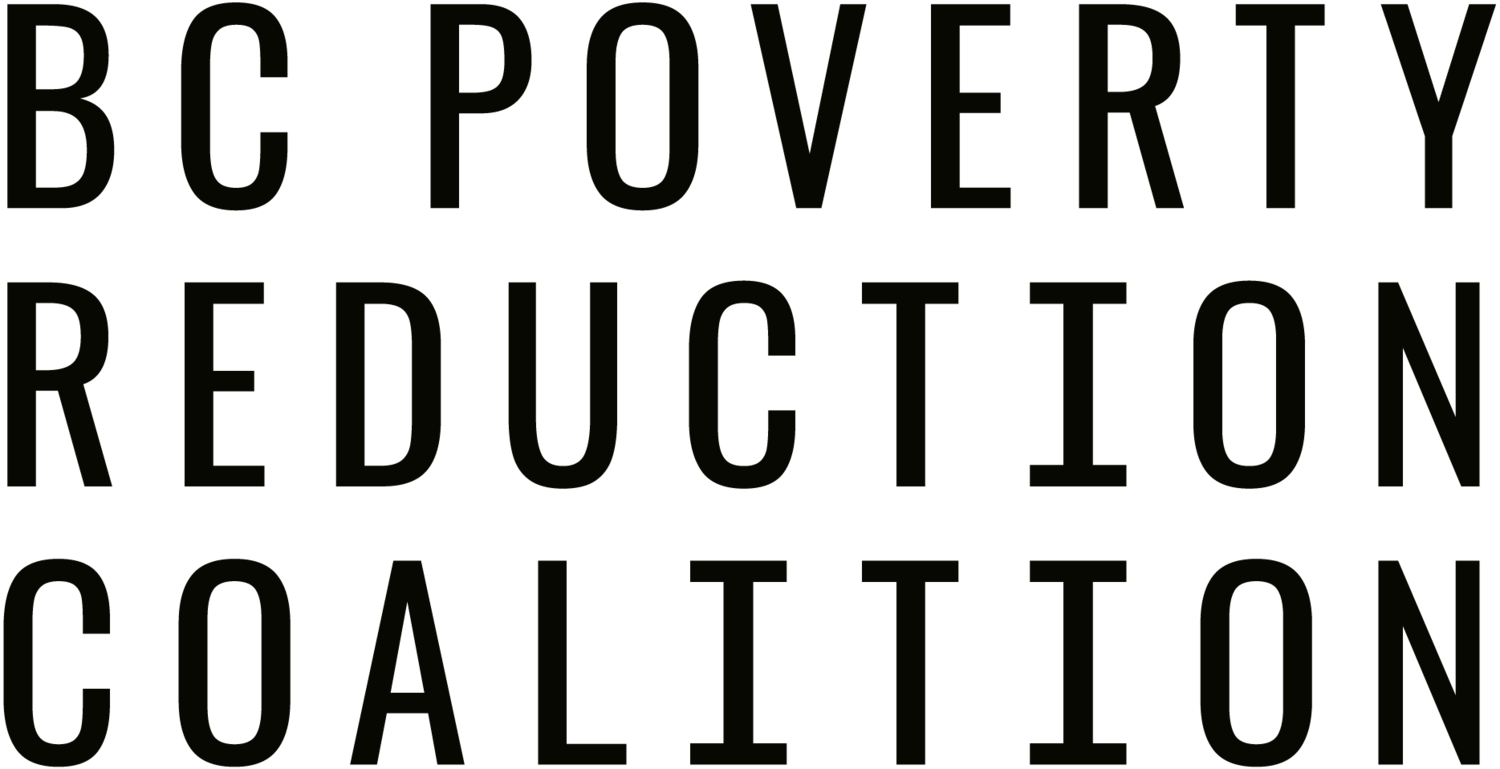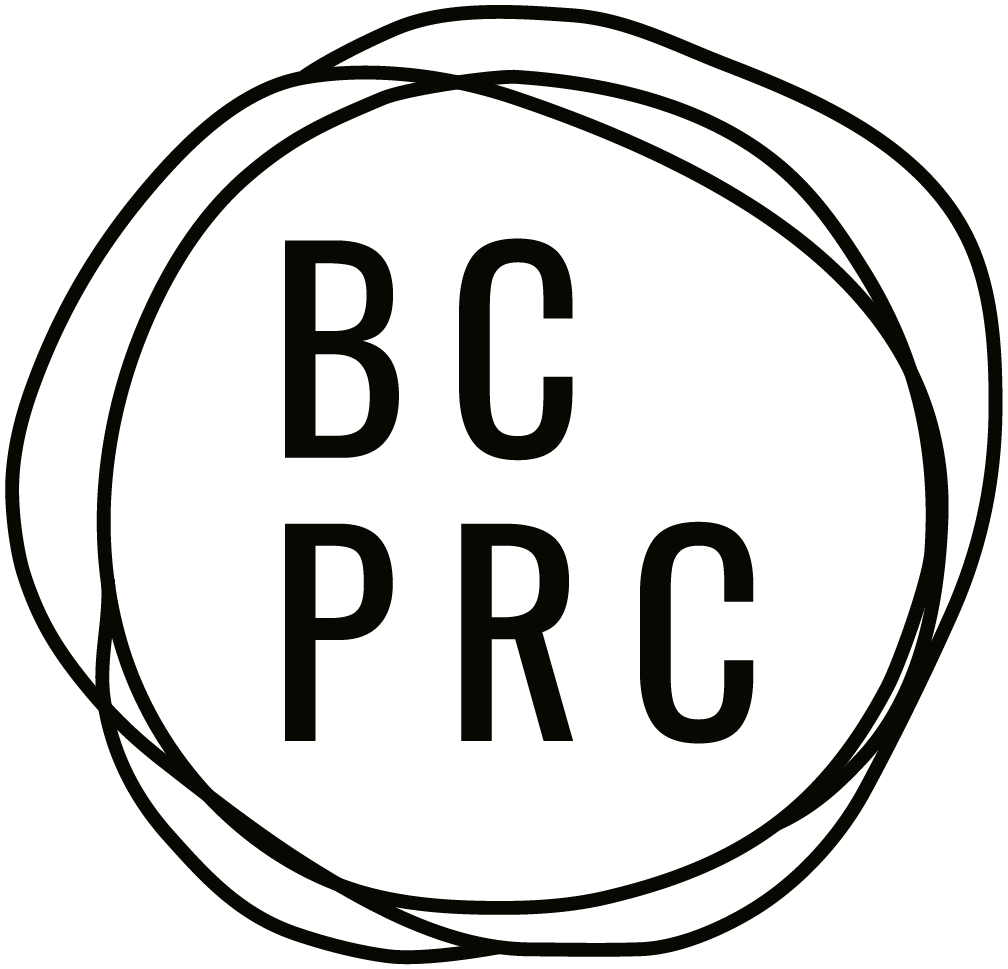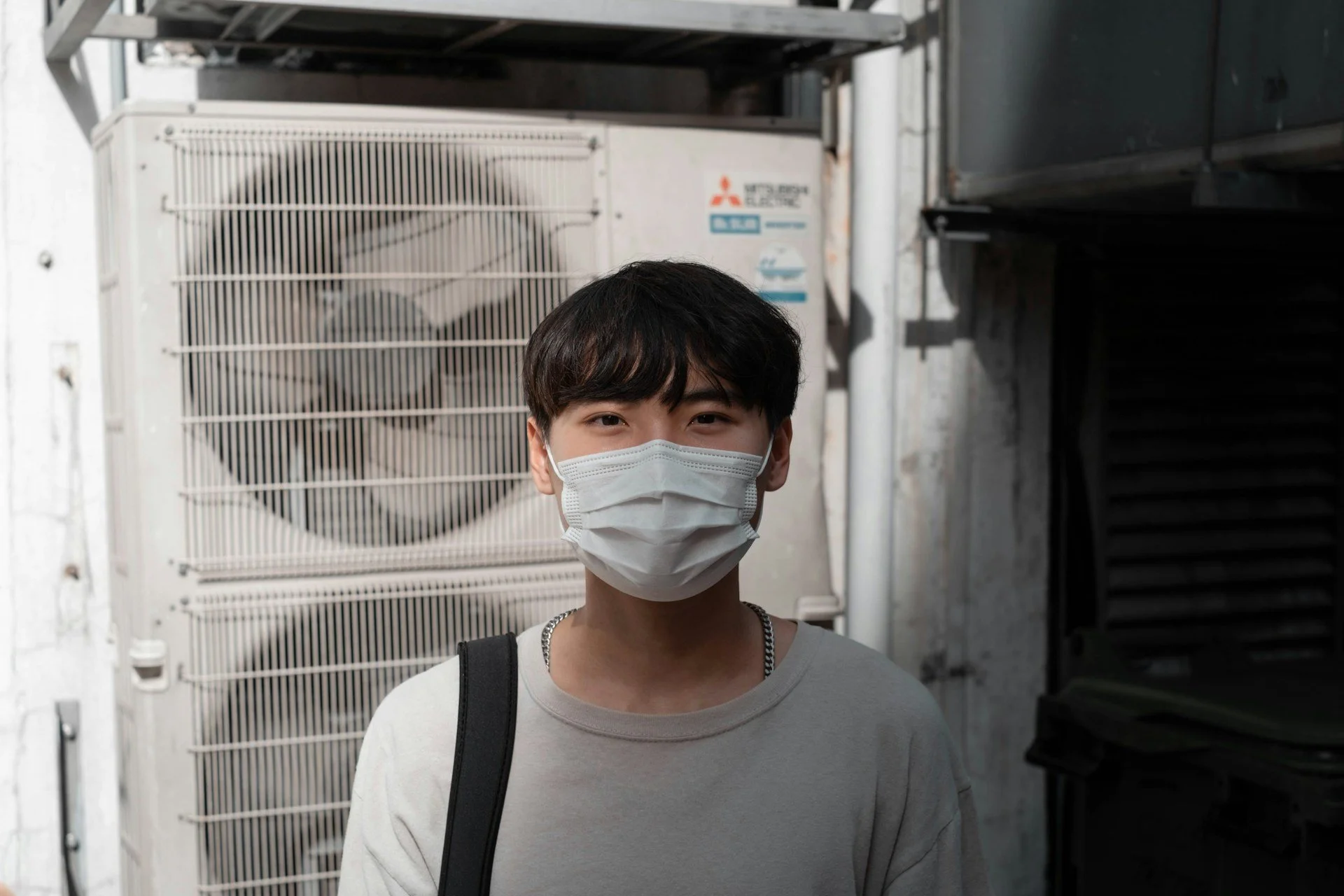Four Years After the BC Heat Dome, What Have We Learned?
Poverty determines who lives and dies in high temperatures.
By Kendra Jewell (UBC Centre for Climate Justice), Liv Yoon (UBC Centre for Climate Justice), and Rowan Burdge (BC Poverty Reduction Coalition)
Originally published in The Tyee on June 25, 2025
It’s been four years since the 2021 heat dome transformed B.C. into a global frontline of the climate crisis. From June 25 to July 1 of that year, records all over the province shattered, often by more than 5 C. Temperatures in Lytton exceeded the all-time national temperature record by 4.6 C.
At least 619 British Columbians died, the vast majority (98 per cent) indoors, in residential settings. Most were older, poor, lived alone and lacked social connections, highlighting the unequal burden shouldered by already disenfranchised communities during that deadly time.
As we enter another summer, it can be tempting to think of the 2021 heat dome as an isolated incident, something unlikely to occur again. In reality, chronic and extreme heat will continue to threaten lives until we take steps to ensure survival is not dictated by how much money someone has, how old they are or where they happen to live.
This summer is already looking hot and dangerous. On June 9, at least 12 communities broke daily maximum temperature records. Wildfires in B.C., Alberta, Manitoba, Saskatchewan and Ontario are spewing smoke as far away as the U.K.
The question we have to ask ourselves is: Are we ready to deal with extreme heat this summer? Have we done enough since 2021 to ensure the people of our province can survive the weather this time, or have we left the most vulnerable among us exposed?
The elephant in the room is the role poverty plays in determining who lives and who dies during periods of intense heat.
Epidemiological reports in the aftermath of the 2021 heat dome found that a “combined index of material and social deprivation” was most predictive of death. What that means is that being poor and socially isolated were the most significant factors in determining who died during the heat dome.
Mental illness can overlap with social isolation and poverty. In 2023, researchers found that people with schizophrenia were particularly at risk of death during the 2021 heat dome; despite comprising one per cent of the population in Canada, people with schizophrenia represented 16 per cent of the 2021 heat dome deaths in British Columbia.
Life has gotten harder since 2021
Inflation, the affordability crisis, the housing crisis and the toxic drug crisis have all made post-2021 life harder for people experiencing poverty in B.C.
Hunger and food insecurity are on the rise (21.8 per cent of people lived in food-insecure households in 2023, compared with 16.2 per cent in 2019), as is child poverty (B.C.’s child poverty rate rose 25.6 per cent from 2020 to 2022), and support for people with disabilities lags far behind need (16.8 per cent or 1.52 million people with disabilities experience poverty).
Despite these numbers, the main text of B.C.’s 2025 budget and fiscal plan mentions poverty just one time.
When the systems that are supposed to protect us fail to consider the most marginal, we collectively dehumanize our neighbours and create unnecessary suffering and death.
People in poverty are left behind. But they don’t have to be
People in poverty, and their experiences, are being left behind by B.C.’s prevailing heat mitigation policies, which often focus on populations most physiologically susceptible to heat-related illness and death, such as seniors and those with chronic health conditions.
While this focus is evidence-based and well-intentioned, it can miss other crucial factors that put people at risk, such as poverty. Whenever there is a tendency to define vulnerability solely along biomedical lines, we run the risk of neglecting the diverse and overlapping factors that create vulnerability in the first place.
We need solutions that prioritize those with physiological vulnerabilities (such as seniors, people with disabilities and mental illnesses) while also considering social and economic factors (such as isolation and poverty) so that we can avoid accidentally excluding at-risk communities as temperatures start to rise.
We need to take seriously that poverty eradication is climate justice, not least because being poor should not dictate whether someone can survive our warming planet.
Giving low-income people more resources and access to economic justice would mean a stronger economy, more resilient ecosystems and increased public safety during heat waves.
Many easy policy recommendations would meet the moment and make immediate and tangible differences to the material realities of people experiencing the deepest levels of poverty.
To be fair, some programs aimed at the intersection of climate and poverty have been proposed and are in the process of being implemented. These include BC Hydro’s free air conditioner programs and expanded access to public cooling centres, among others.
But outside of a robust commitment to reduce poverty, programs like these are fated to remain hard to access and ineffective. At their worst, they can thwart real change by granting moral licence under the assumption that “we’ve done what we can” when we all know we need to do better.
While 2021 was a period of extremes for B.C., heat continues to injure and kill. This is not normal, nor is it inevitable.
If we let it, heat has the capacity to transform our relationships not only to our built and natural environments, but also to each other.
Heat forces the question: How are we going to survive and care for each other in a province racked with affordability and climate crises?
How will we respond when threats like heat push our existing systems of care to their breaking points, leaving some protected and others in danger?
If we act now, a poverty-free B.C. and robust protections for people during extreme weather are possible. At minimum, mitigating the impacts of heat in B.C. will require a comprehensive, rights-based cooling framework, a report on which has been published recently through the University of British Columbia Centre for Climate Justice.
It puts forward an expansive, unifying and enforceable vision that positions cooling as a fundamental right, not patchwork policy fixes that protect some and not others.
Our neighbours, communities and families have the right to protection and care.


